Home>diy>Building & Construction>How Long Does It Take For Construction Adhesive To Dry
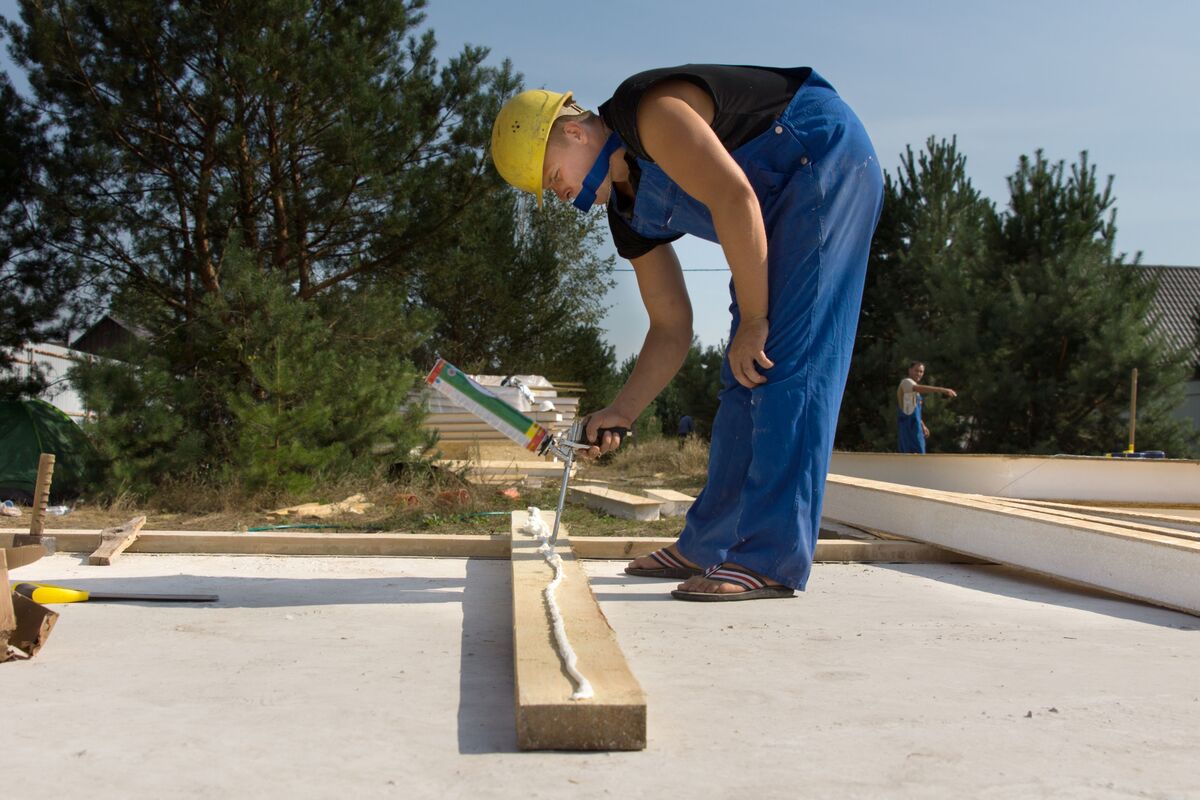

Building & Construction
How Long Does It Take For Construction Adhesive To Dry
Modified: December 7, 2023
Discover how long it takes for building construction adhesive to dry and ensure a strong bond in your projects. Get expert tips and advice for optimal drying times.
(Many of the links in this article redirect to a specific reviewed product. Your purchase of these products through affiliate links helps to generate commission for Storables.com, at no extra cost. Learn more)
Introduction
Welcome to the world of construction adhesive! If you’ve ever been involved in a building project, you know just how crucial this versatile adhesive can be. Whether you’re sticking together two pieces of wood, securing tiles to a wall, or bonding metal fixtures, construction adhesive provides a strong and durable bond that can withstand the test of time.
However, one question that often comes up when using construction adhesive is, “How long does it take for it to dry?” The drying time of construction adhesive varies depending on a variety of factors, including the specific type of adhesive, environmental conditions, and the materials being bonded. In this article, we’ll explore these factors and provide you with some insights to help you understand and optimize the drying time of construction adhesive.
Before we delve into the specifics, it’s important to note that construction adhesive is designed to create a permanent bond that can support the weight and stress of the materials being joined. Unlike other adhesives that may dry quickly but do not offer the same level of strength and durability, construction adhesive requires a longer drying time to ensure a secure and reliable bond.
Key Takeaways:
- Understanding the factors affecting construction adhesive drying time, such as type, environment, and application, is crucial for planning and achieving a strong, durable bond in building projects.
- While it’s tempting to rush the drying process, patience is key. Optimizing temperature, airflow, and surface preparation can help speed up drying time without compromising bond strength.
Factors Affecting Drying Time
Several factors can influence the drying time of construction adhesive. By understanding these factors, you can better estimate how long it will take for the adhesive to fully cure and plan your project accordingly.
1. Type of Adhesive: There are various types of construction adhesive available, each with its own specific drying time. Some adhesives are designed to dry quickly for applications where immediate bonding is required, while others may take longer to cure for stronger and more durable bonds. It’s important to carefully read the instructions on the adhesive product to determine the expected drying time.
2. Environmental Conditions: The environment in which the adhesive is applied plays a significant role in the drying time. Temperature, humidity, and airflow can all impact how quickly the adhesive cures. Generally, higher temperatures and lower humidity levels facilitate faster drying, while cooler temperatures and higher humidity levels can prolong the drying process.
3. Materials Being Bonded: The materials being bonded also affect the drying time. Porous materials, such as wood or concrete, may absorb some of the adhesive, which can slow down the drying process. On the other hand, non-porous surfaces like metal or glass may require more time for the adhesive to fully cure and create a strong bond.
4. Thickness of Adhesive: Thicker layers of adhesive generally take longer to dry compared to thinner layers. It’s important to apply the adhesive evenly and in the recommended thickness to ensure proper drying and bonding.
5. Application Technique: The way the adhesive is applied can impact the drying time. Following the manufacturer’s instructions regarding application techniques, such as spreading the adhesive with a notched trowel or using a specific technique for vertical surfaces, can help optimize drying time.
It’s important to note that while these factors can give you a rough estimate of drying time, each adhesive product may have its own specific recommendations and requirements. Always refer to the manufacturer’s instructions and test the bond strength before subjecting the materials to stress or load.
Types of Construction Adhesive
Construction adhesive comes in various formulations, each designed to bond specific materials and offer different drying times and adhesive properties. Understanding the different types of construction adhesive can help you choose the right product for your project and ensure optimal drying time.
1. Polyurethane Adhesive: Polyurethane adhesive is known for its strong bonding strength and versatility. It can be used on a wide range of materials, including wood, metal, concrete, and even plastics. Polyurethane adhesive typically has a longer drying time, requiring anywhere from 24 to 48 hours to fully cure. This adhesive is commonly used in demanding construction applications where a strong and durable bond is required.
2. Epoxy Adhesive: Epoxy adhesive is renowned for its exceptional bonding strength and resistance to chemicals and heat. It is commonly used in applications where a high level of durability and stability is required, such as bonding metal or glass. Epoxy adhesive typically has a longer drying time, ranging from 24 to 72 hours, depending on the specific product. It’s important to follow the manufacturer’s instructions for optimal drying and curing.
3. Acrylic Adhesive: Acrylic adhesive is a popular choice for bonding porous materials, such as wood and drywall. It offers a fast drying time, usually within 24 hours, making it suitable for projects that require quick results. Acrylic adhesive is easy to apply and offers good flexibility, allowing for slight movements or expansion of the bonded materials over time.
4. Silicone Adhesive: Silicone adhesive is commonly used for sealing and bonding materials that require flexibility and resistance to moisture. It is especially useful for bonding glass, ceramics, and plastics. Silicone adhesive typically has a fast drying time, usually within 24 hours, depending on the thickness applied. It forms a strong and durable bond while maintaining flexibility.
5. Construction Foam Adhesive: Construction foam adhesive is designed for bonding and insulating materials such as foam boards, drywall, and subflooring. This adhesive typically expands upon application, filling gaps and creating a strong bond. The drying time for construction foam adhesive can vary depending on the specific product and environmental conditions.
It’s essential to choose the right type of construction adhesive based on the materials you are bonding and the specific requirements of your project. Be sure to read the labels and instructions provided by the manufacturer to ensure proper application and optimal drying time.
The drying time for construction adhesive can vary depending on factors such as temperature and humidity. In general, it can take 24-72 hours for construction adhesive to fully dry and cure. Be sure to follow the manufacturer’s instructions for best results.
Typical Drying Times for Construction Adhesive
When working with construction adhesive, it’s important to have a general idea of the typical drying times for different types of adhesives. While actual drying times can vary depending on factors such as the specific product, environmental conditions, and the materials being bonded, the following ranges can give you a rough estimate:
1. Polyurethane Adhesive: Polyurethane adhesive typically requires 24 to 48 hours to fully dry and cure. However, it’s important to note that the initial bond strength may develop within the first few hours. Full strength and durability will be achieved after the recommended curing time.
2. Epoxy Adhesive: Epoxy adhesive generally takes longer to dry, with a typical drying time of 24 to 72 hours. The curing process may take several days to achieve maximum strength, depending on the specific product and environmental conditions. It’s important to follow the manufacturer’s recommendations for curing time to ensure optimal bond strength.
3. Acrylic Adhesive: Acrylic adhesive has a relatively fast drying time, usually within 24 hours. However, it’s always a good idea to allow ample time for the adhesive to fully cure before subjecting the bonded materials to stress or load.
4. Silicone Adhesive: Silicone adhesive also has a quick drying time, typically within 24 hours. However, for thicker applications, it may take longer to fully cure. Always follow the manufacturer’s instructions for the specific silicone adhesive product you’re using to ensure proper drying and optimal bond strength.
5. Construction Foam Adhesive: The drying time for construction foam adhesive can vary depending on the specific product and environmental conditions. Typically, the adhesive will start to set within 15 to 30 minutes and reach full cure within 24 to 48 hours. However, it’s important to check the specific product instructions for accurate drying and curing times.
Remember, these drying times are general guidelines and can vary depending on factors such as temperature, humidity, thickness of adhesive, and the materials being bonded. It’s always a good practice to test the bond strength before subjecting the materials to any stress or load to ensure the adhesive has fully cured.
By understanding the typical drying times for different types of construction adhesive, you can plan your project accordingly and allow ample time for the adhesive to dry and cure, ensuring a strong and durable bond.
Tips for Speeding Up Drying Time
While construction adhesive typically requires a specific amount of time to fully dry and cure, there are a few tips and tricks you can try to speed up the drying process. Keep in mind that these suggestions may not drastically reduce drying time, but they can help expedite the process:
1. Optimal Temperature: Ensure that the adhesive is applied and dried in an environment with optimal temperature conditions. Higher temperatures generally facilitate faster drying. However, be cautious not to exceed the recommended temperature range specified by the adhesive manufacturer, as this can affect the quality of the bond.
2. Enhanced Airflow: Improving airflow around the adhesive can help accelerate the drying process. Use fans or open windows to increase air circulation in the area. This helps the solvent evaporate more quickly, leading to faster drying.
3. Thinner Application: Applying a thinner layer of construction adhesive can help speed up drying time. Thicker layers take longer to dry as they have more material to evaporate. Follow the manufacturer’s instructions regarding recommended thickness for proper bonding while ensuring a quicker drying process.
4. Proper Surface Preparation: Ensuring that the surfaces being bonded are clean and free from dust, dirt, grease, and other contaminants can help promote better adhesion and faster drying. Use appropriate cleaning agents and methods to prepare the surfaces before applying the adhesive.
5. Warm the Materials: If possible, warming the materials being bonded can help accelerate the drying process. This can be done using heat guns or warm water baths, but be cautious not to overheat the materials or compromise their structural integrity.
6. Avoid Excessive Humidity: Excessive humidity can prolong the drying time of construction adhesive. If possible, choose a time with lower humidity levels to accelerate drying. If you’re working in a humid environment, use dehumidifiers or air conditioning to reduce moisture in the air.
Remember, even with these tips, it’s important to exercise caution and ensure that the adhesive is given ample time to dry and cure properly. Rushing the drying process may compromise the bond strength and durability of the adhesive.
Always refer to the manufacturer’s instructions and recommendations for the specific adhesive product you’re using. Conduct tests to check the bond strength before applying any stress or load to the bonded materials.
By following these tips and being patient, you can help expedite the drying time of construction adhesive and proceed with your project in a timely manner.
Read more: How Long Does It Take For Brick To Dry
Conclusion
Construction adhesive is an essential tool in the world of building and construction. Understanding the factors that affect drying time, the different types of adhesive available, and the typical drying times can help you make informed decisions and achieve successful bonding in your projects.
By considering factors such as the type of adhesive, environmental conditions, materials being bonded, and application techniques, you can estimate the drying time and plan your project accordingly. Remember to follow the manufacturer’s instructions for each adhesive product, as drying times can vary.
While it’s tempting to rush the drying process, it’s crucial to allow sufficient time for the adhesive to fully dry and cure. This ensures that you achieve a strong and durable bond that can withstand the test of time. Conducting tests to check the bond strength before subjecting the materials to stress or load is always a recommended practice.
If you’re looking to speed up the drying time, consider optimizing temperature, enhancing airflow, applying thinner layers, properly preparing the surfaces, and avoiding excessive humidity. These tips can help expedite the drying process to some extent, but it’s important to strike a balance and avoid compromising the bond strength by rushing the process.
Remember, safety is paramount when working with construction adhesive. Always follow proper handling and disposal procedures and wear appropriate protective gear. If you’re unsure about any aspect of using construction adhesive, consult with professionals or seek guidance from the manufacturer.
With a solid understanding of the drying time factors and some helpful tips, you can confidently use construction adhesive in your building projects. Whether you’re working on a small home improvement task or a large-scale construction project, proper knowledge of drying times and techniques will contribute to the success and durability of your work.
So, go ahead and embark on your next construction adventure, knowing that you have the necessary knowledge to make informed decisions and achieve strong bonds with construction adhesive.
Frequently Asked Questions about How Long Does It Take For Construction Adhesive To Dry
Was this page helpful?
At Storables.com, we guarantee accurate and reliable information. Our content, validated by Expert Board Contributors, is crafted following stringent Editorial Policies. We're committed to providing you with well-researched, expert-backed insights for all your informational needs.
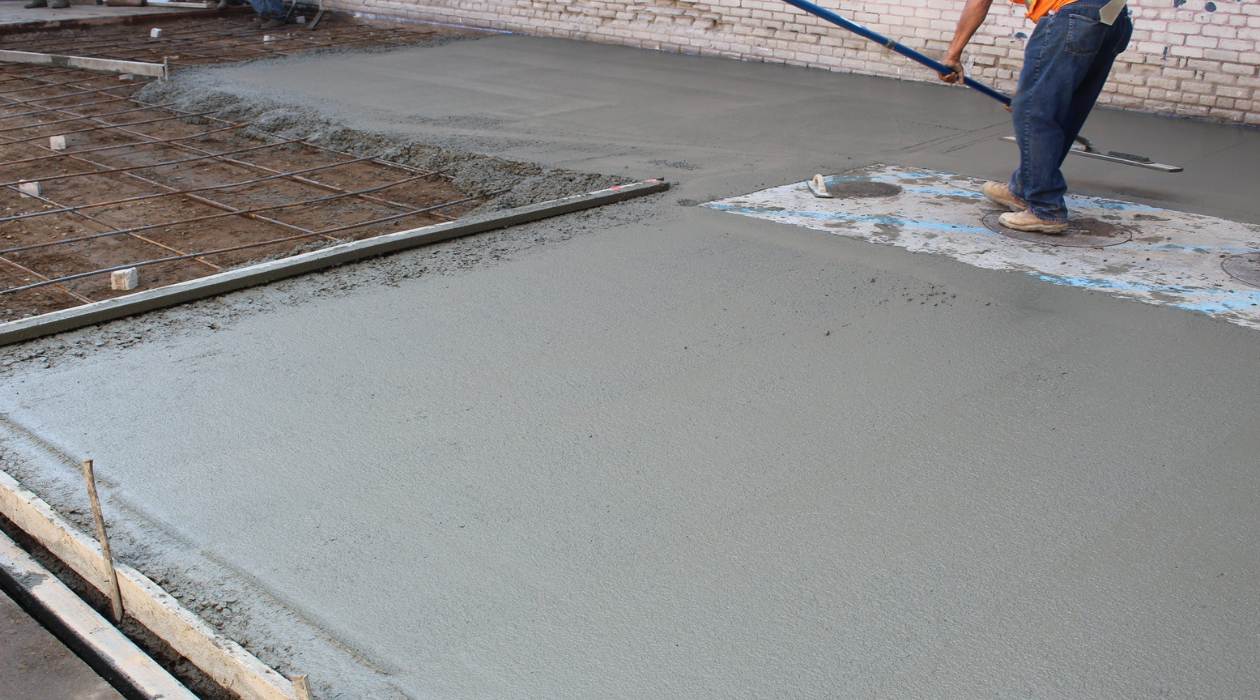

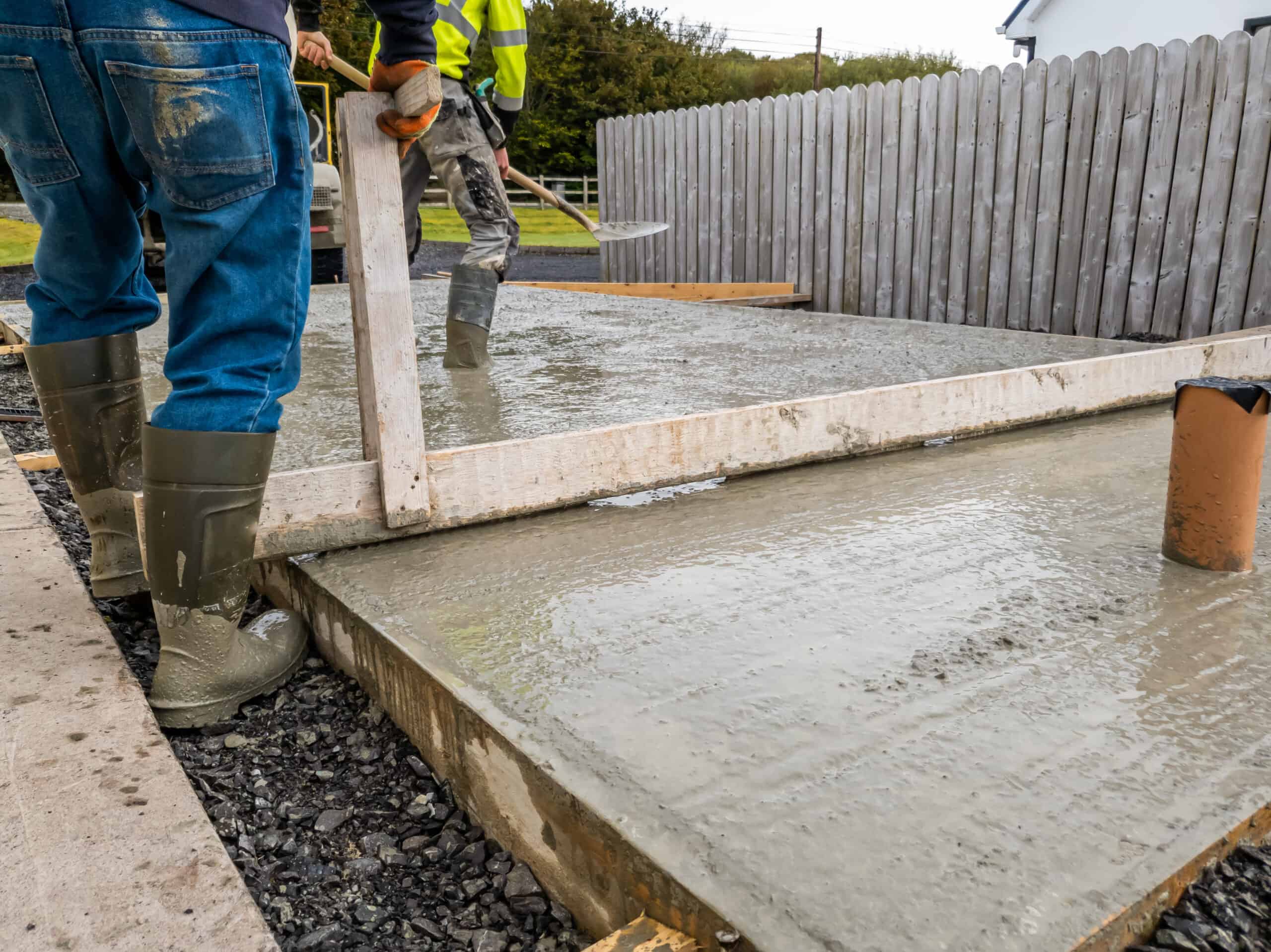
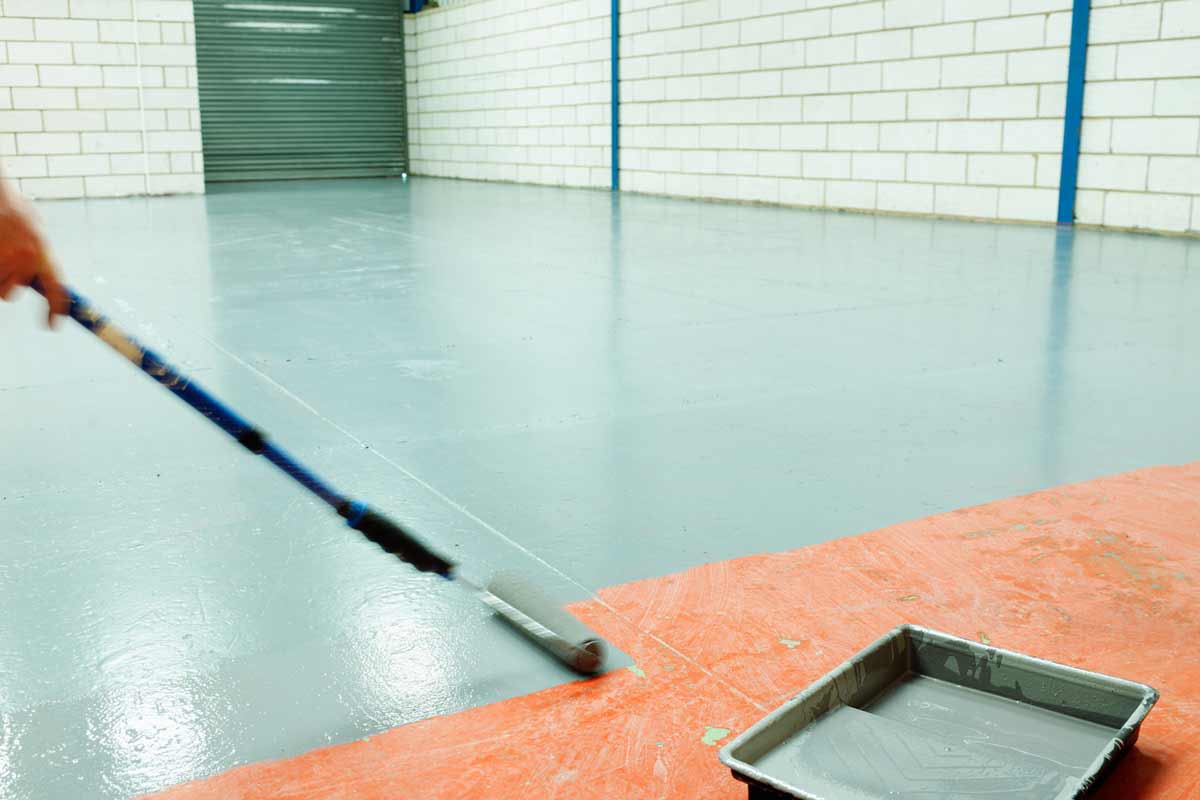
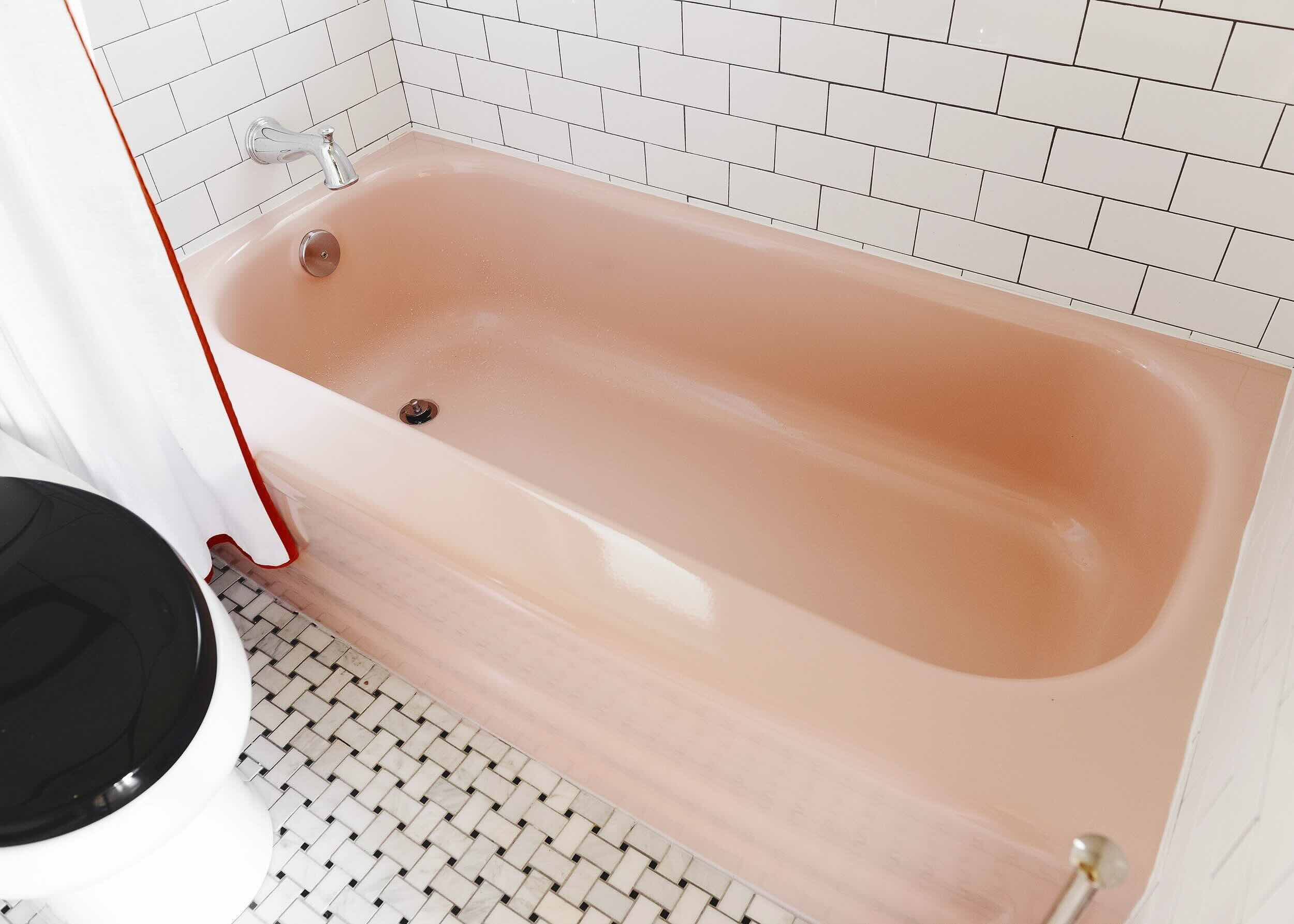

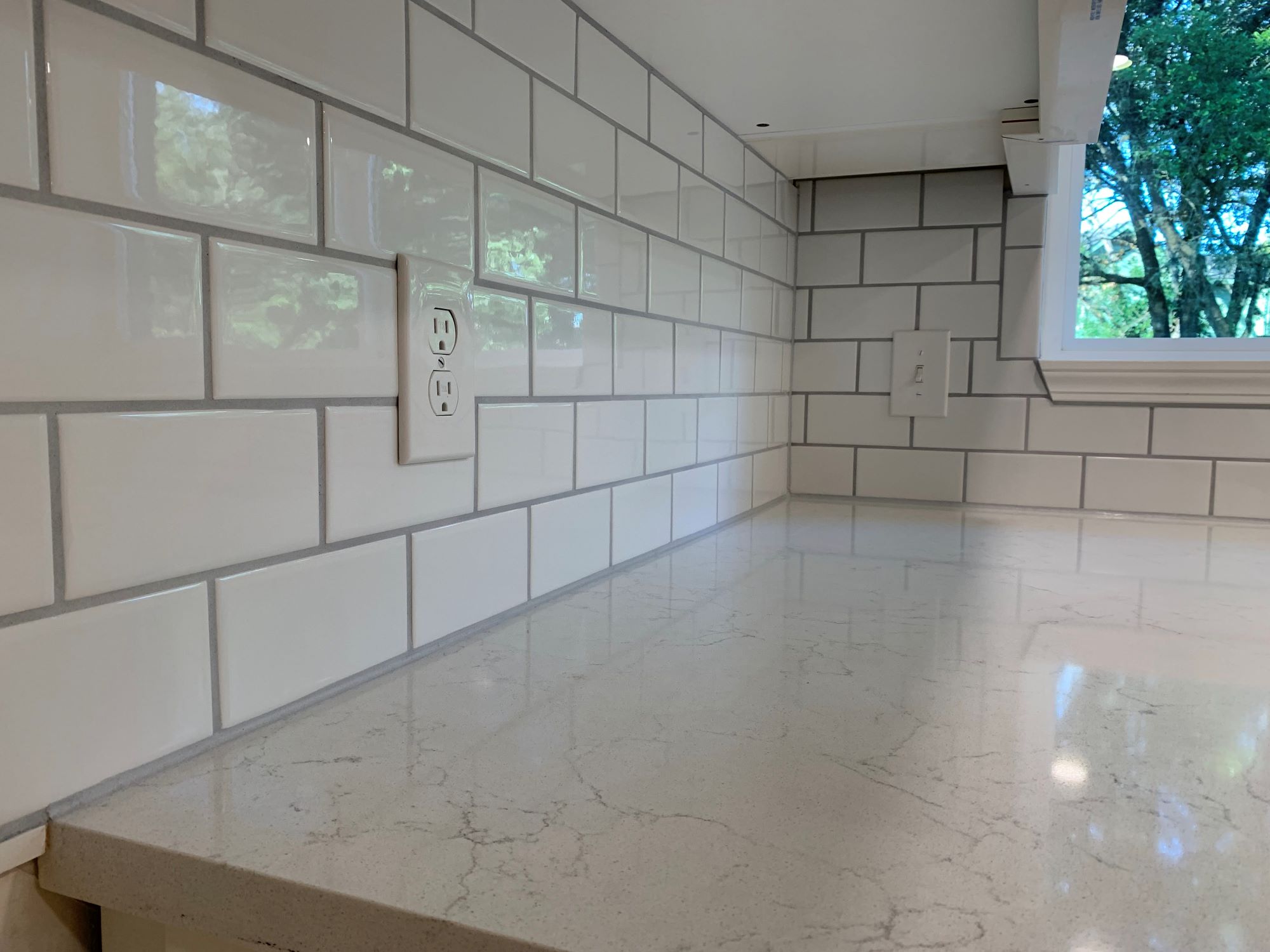
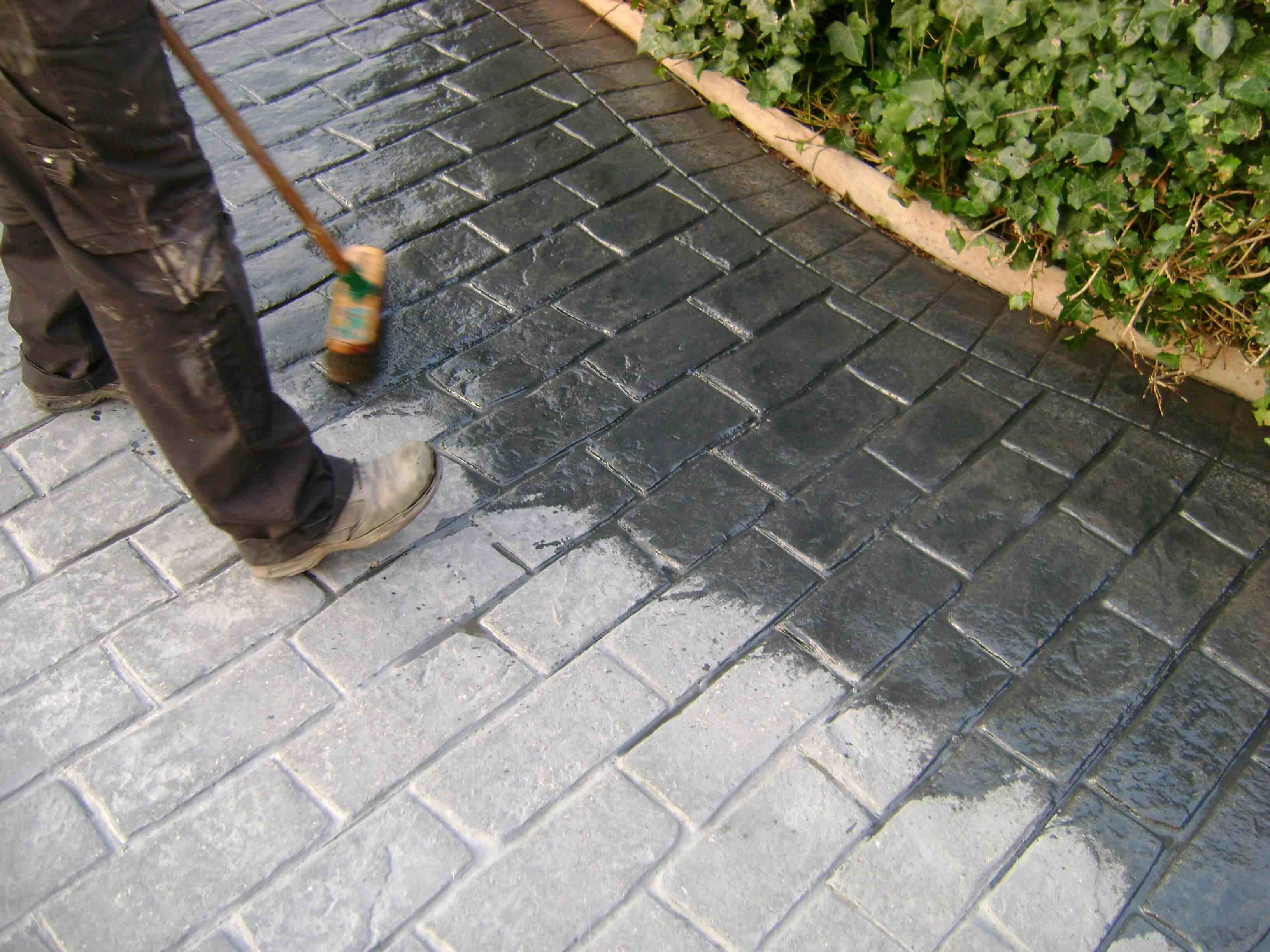
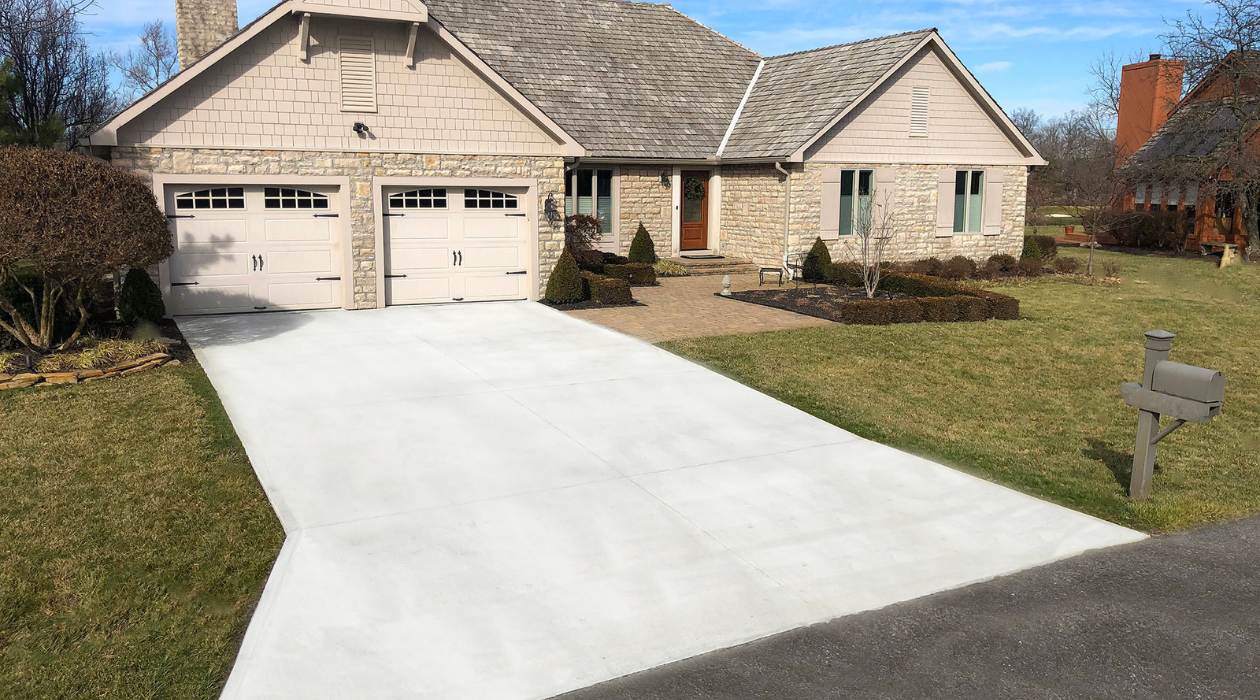
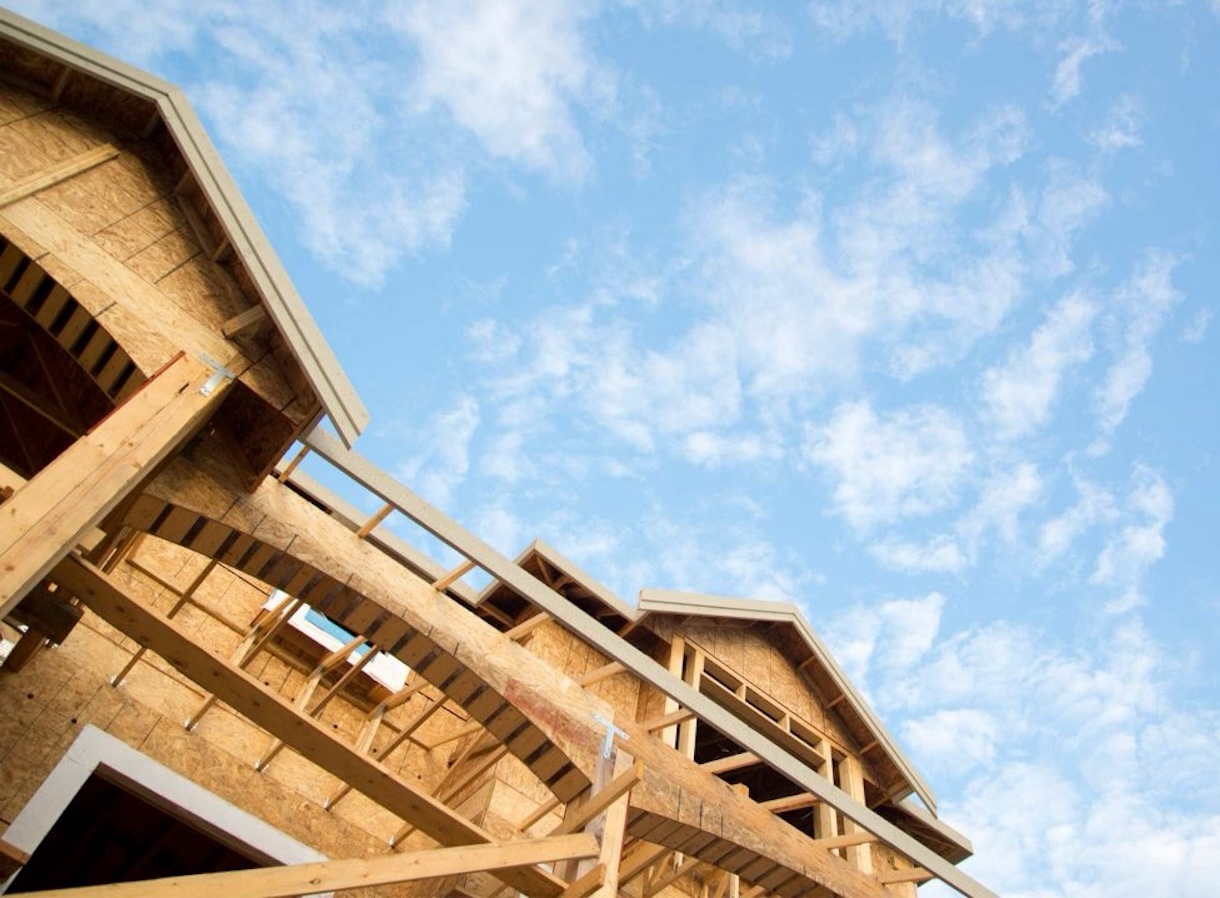
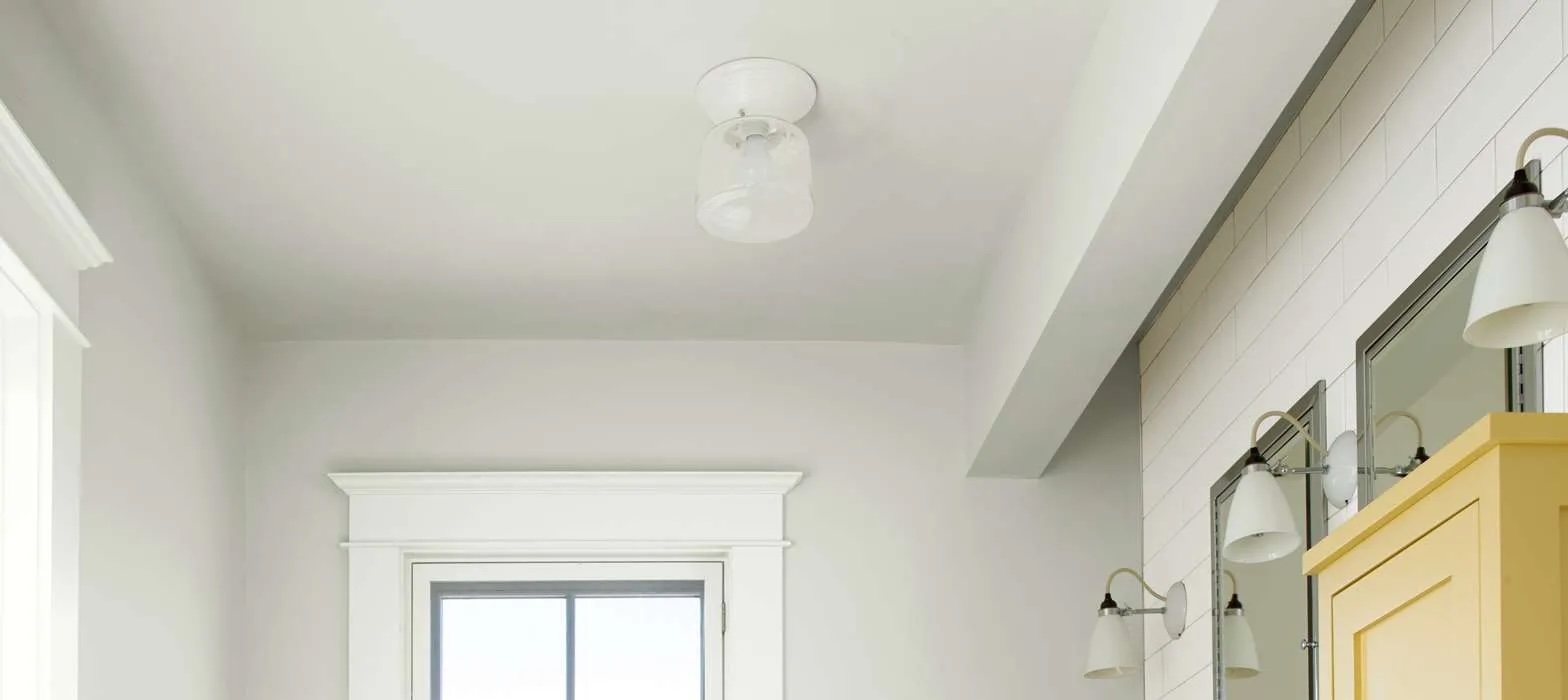
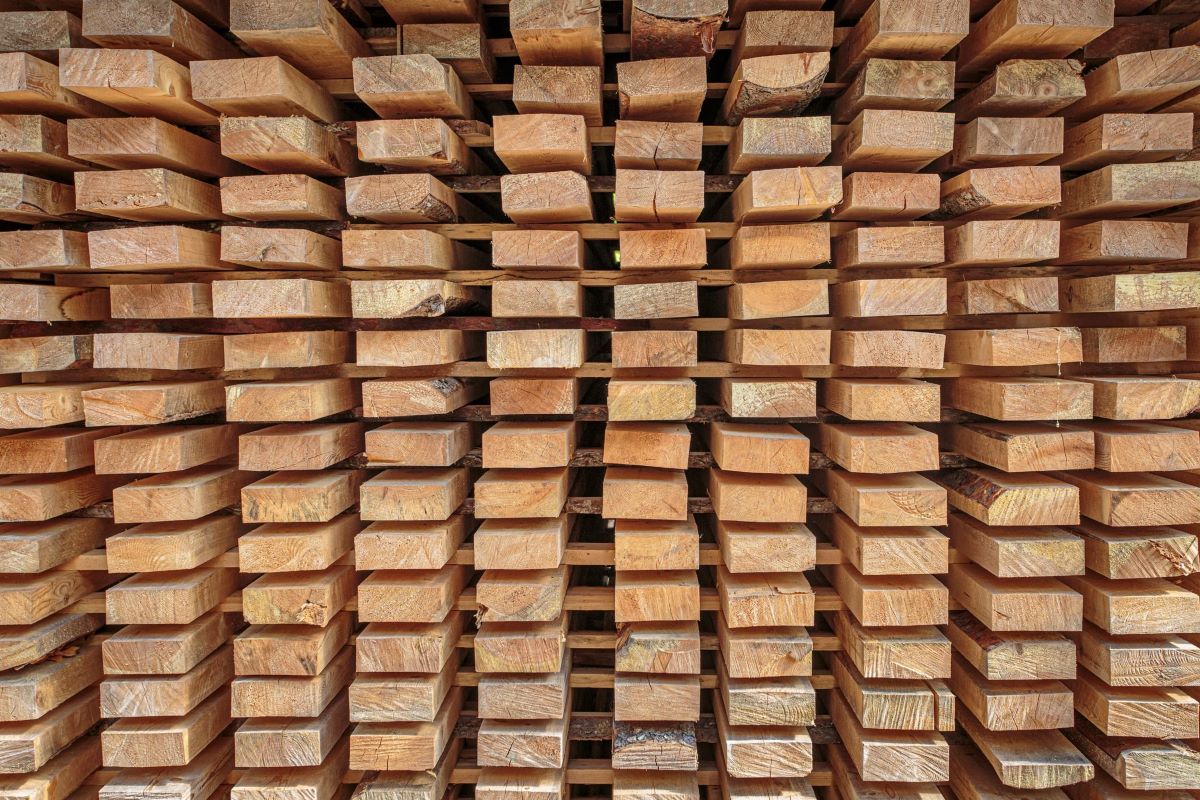

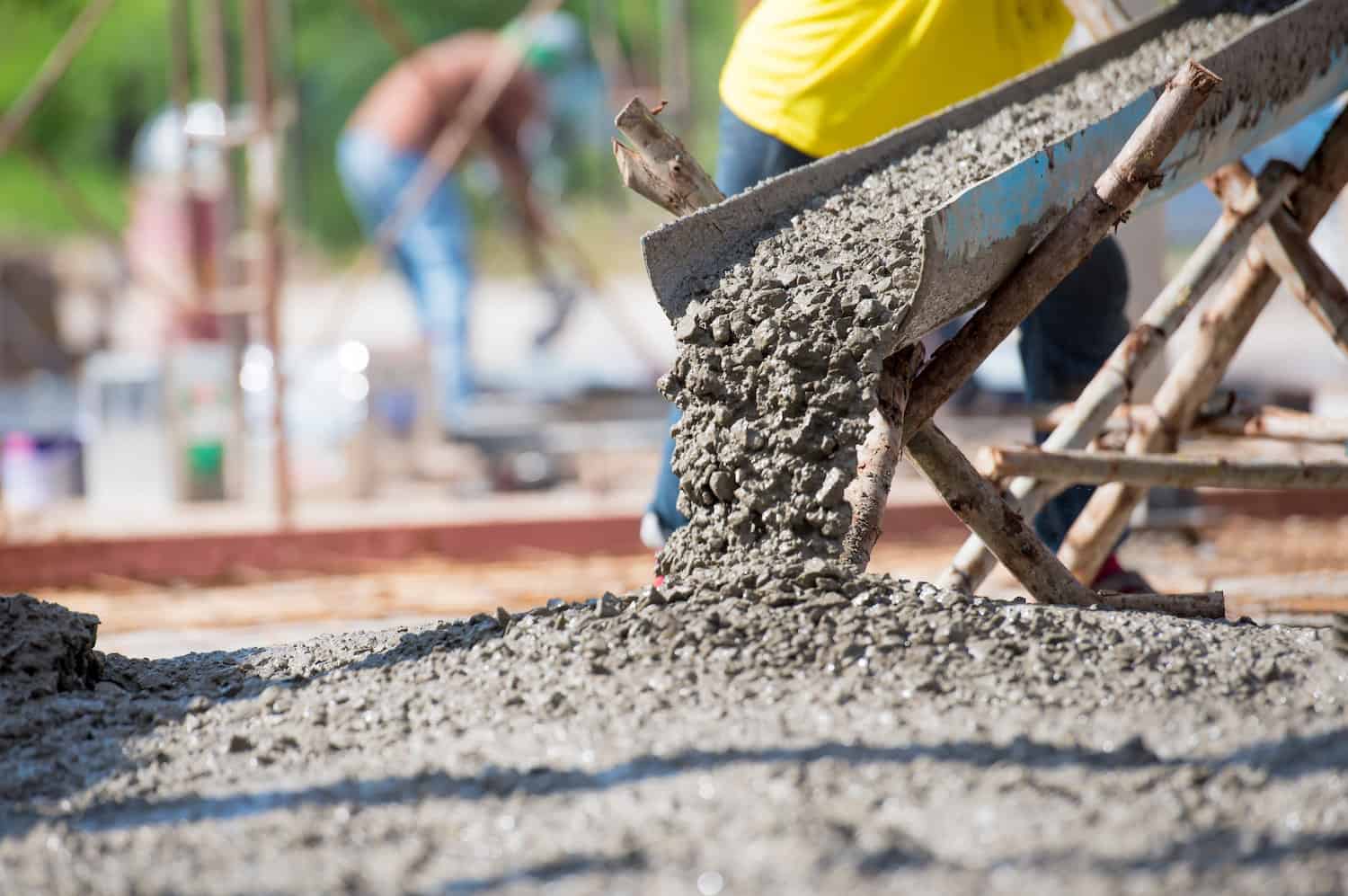

0 thoughts on “How Long Does It Take For Construction Adhesive To Dry”